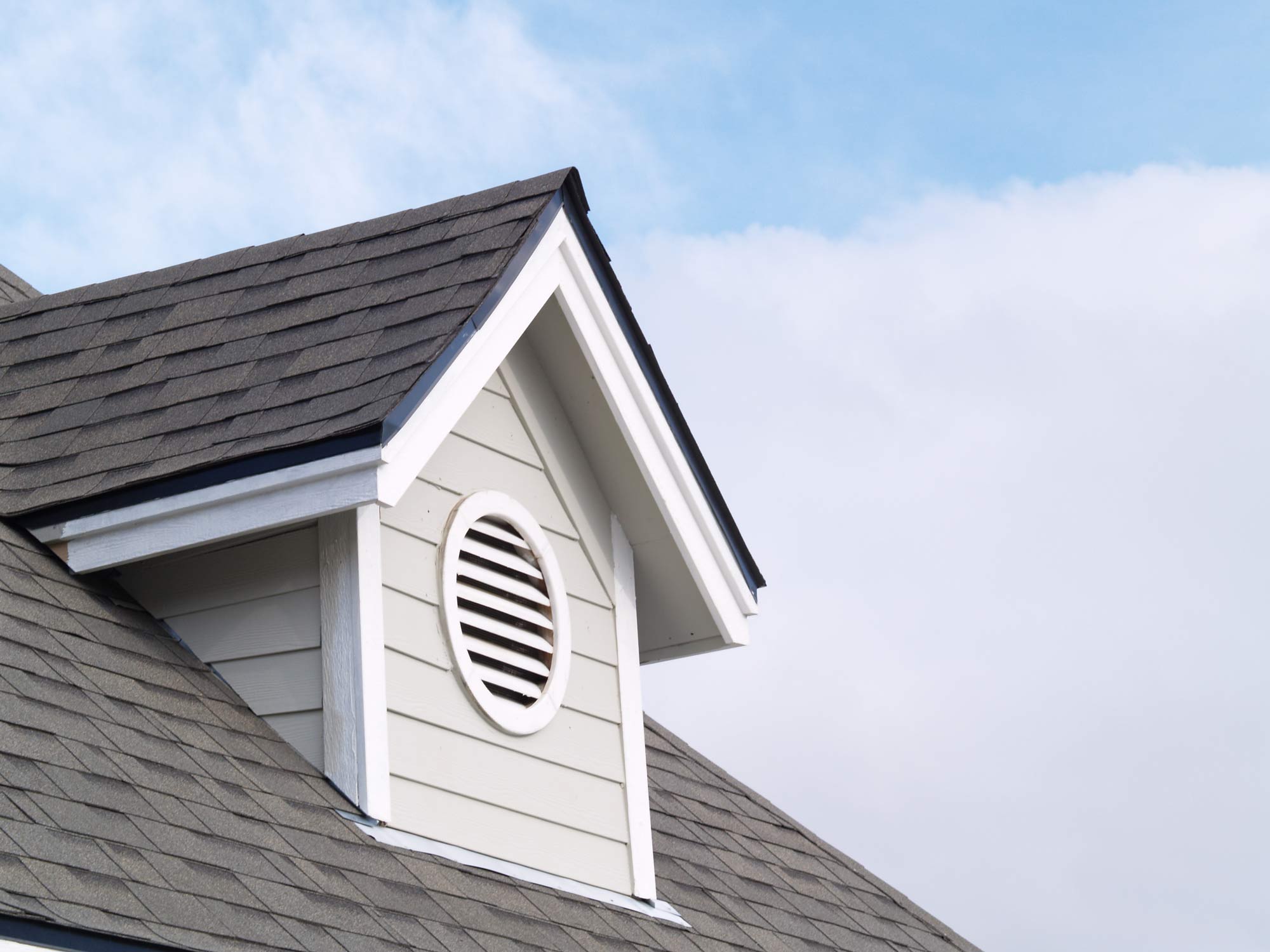Attic ventilation is not just a summer concern with regard to heat buildup in the attic, compromising your cooling efforts while also damaging shingles so they need to be replaced before their time. Surprisingly, you also need adequate attic ventilation in winter to prevent roof damage.
In the winter, heat may build up in the attic while snow and ice on the roof melt during the day — until it freezes and makes damaging ice dams along the roof edge at night. Warm air trapped in the attic also holds moisture, which can condense on rafters or roof sheathing and cause mold and other problems.
How Much Attic Ventilation Do You need?
Most roofs get cool air through intake vents that are located under the eaves. Hot air escapes through exhaust vents at the peak of the roof. This process, called passive ventilation, is the most common means of attic ventilation. There’s even a formula for how many square feet of attic ventilation should be installed: at least 1 square foot of ventilation for every 300 square feet of attic floor. Some experts recommend even more: 1 square foot of ventilation for every 150 square feet of attic. Building codes may vary depending on the community.
In general, intake vents are installed directly into soffits. The most frequent problem that occurs is they get blocked when homeowners install insulation in the attic, preventing fresh air from flowing into the attic.
Another style of intake vent is the gable vent. These may also function as exhaust vents. When the wind is blowing just right, it can enter the gable vent and help cool off the attic.
Exhaust vents are usually one of two types: ridge vents or static vents. Ridge vents run along the top ridge of the roof and are camouflaged by ridge shingles. Static vents stand up from the roof but are protected by covers to keep out precipitation. A popular type of static vent is the turbine vent, which has fan blades (powered by the wind) that suck out heat.
For expert advice on how you might improve attic ventilation, contact Ace Hardware Home Services of Dayton.








